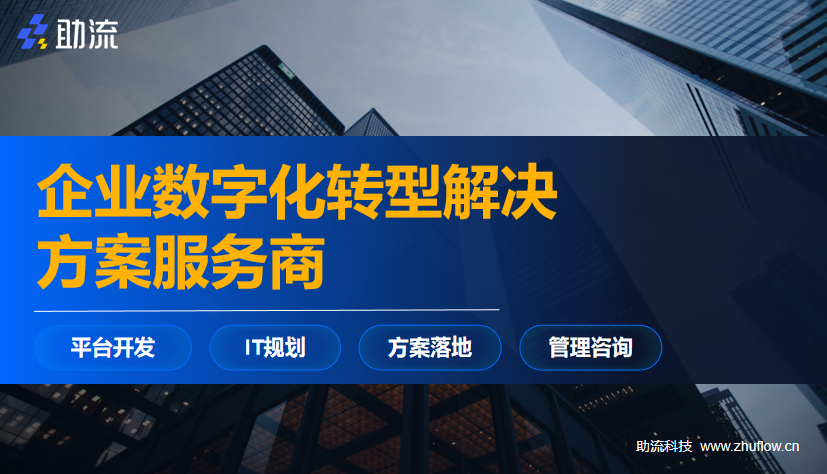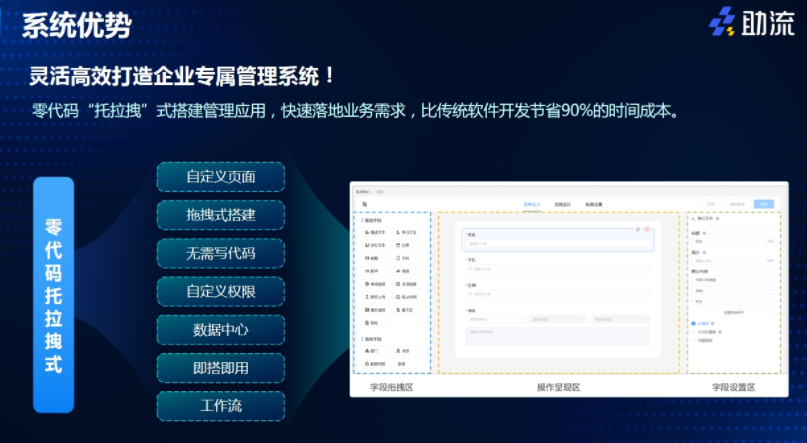相关产品推荐
耗材资产管理系统:企业精细化运营的数字化利器
在制造业、医疗、教育、科研等行业中,耗材资产的管理直接关系到企业的运营效率、成本控制和合规性。传统的手工台账或分散式管理方式往往导致库存积压、缺货风险、浪费严重等问题。耗材资产管理系统(Consumables Asset Management System, CAMS)作为企业数字化转型的重要工具,通过集成物联网、大数据、云计算等技术,实现了耗材全生命周期的智能化管理,成为企业降本增效的核心引擎。

一、什么是耗材资产管理系统?
耗材资产管理系统是一种基于数字化技术的综合管理平台,旨在通过标准化流程和智能化工具,对企业生产、运营中消耗的各类耗材(如办公用品、实验试剂、医疗耗材、工业备件等)进行全流程跟踪与管理。其核心目标是通过实时数据采集、动态库存监控和智能决策支持,优化耗材的采购、存储、分配和使用环节,最终实现资源利用最大化与成本最小化。
二、核心功能模块解析
全生命周期管理
系统覆盖耗材从采购申请、入库验收、库存调拨到报废处置的全流程。通过条形码/RFID标签绑定,每件耗材可追溯其供应商、批次、有效期及使用记录,确保合规性(如医疗行业对高值耗材的追溯要求)。
智能库存预警
基于历史消耗数据与实时库存量,系统自动生成安全库存阈值。当库存低于临界值时,触发自动补货提醒,避免停工待料;同时通过ABC分类法(按价值/消耗频率)优化库存结构,减少滞销品积压。
多维度数据分析
系统整合采购成本、使用频率、报废率等数据,生成可视化报表(如帕累托图、趋势分析)。管理者可快速定位高消耗耗材、异常损耗环节,制定针对性策略(如替换供应商、调整使用规范)。
移动端协同管理
支持员工通过手机APP提交领用申请、扫码出库,并实时更新库存状态。审批流程线上化,减少沟通成本;管理人员可随时查看库存分布与使用情况,实现远程决策。
供应商与合同管理
集成供应商资质审核、采购合同存档、交货期跟踪等功能,确保供应链透明化。系统可自动比对不同供应商报价,辅助采购部门选择最优方案。

三、典型应用场景
医疗行业
医院需管理大量高值耗材(如心脏支架、骨科植入物)及低值易耗品(如注射器、纱布)。系统通过UDI(唯一器械标识)实现全流程追溯,降低医疗事故风险;同时监控科室耗材使用量,遏制过度消耗。
制造业
工厂生产线上刀具、润滑油等耗材的消耗直接影响产能。系统可与设备管理系统(EAM)联动,根据设备运行数据预测耗材更换周期,实现“按需维护”,减少停机时间。
科研机构
实验室试剂、实验动物等耗材管理需兼顾合规性与效率。系统可设置权限分级(如仅允许授权人员领取危险化学品),并自动生成使用记录,满足审计要求。
教育行业
学校需管理办公耗材、实验器材等。系统通过班级/部门维度统计消耗量,辅助制定预算;家长端可查询子女所在班级的物资使用情况,增强透明度。
四、系统如何赋能企业价值?
成本优化
通过减少库存积压(降低仓储成本)、避免缺货导致的生产延误(减少机会成本)、以及精准采购(降低采购单价),企业综合成本可降低15%-30%。
效率提升
自动化流程(如自动补货、电子审批)将人工操作时间减少60%以上;移动端应用使员工无需往返仓库,领用效率提升50%。
风险管控
系统内置的效期预警、批次追溯功能可有效防止过期耗材流入生产环节;权限管理则避免敏感耗材的滥用或流失。
决策支持
基于大数据分析的预测模型(如需求预测、供应商评分)帮助管理层制定更科学的采购计划与供应商策略。
五、未来趋势:从“管理”到“赋能”
随着AI与物联网技术的深度融合,下一代耗材资产管理系统将向以下方向发展:
预测性维护:结合设备传感器数据,提前预测耗材更换需求。
区块链存证:利用区块链不可篡改特性,强化高值耗材的追溯能力。
绿色管理:集成碳足迹计算功能,推动企业可持续发展。
耗材资产管理系统不仅是企业降本增效的工具,更是其迈向智能制造、精益管理的重要基石。通过数字化手段打破信息孤岛,实现资源的最优配置,企业方能在激烈的市场竞争中占据先机。
免责声明:本文内容由AI生成,仅供参考,助流不对内容的真实、准确、完整作任何形式的承诺。如有任何问题或意见,您可以通过联系助流进行反馈,助流收到您的反馈后将及时处理并反馈。
相关产品推荐
2025-11-12
2025-11-12
2025-11-12
2025-11-12
2025-11-12
2025-11-12
2025-11-12
2025-11-12
2025-11-12
2025-11-12